Have you ever built a boat garage in RUST but realised it wasn't quite right for securely storing your prized sea vessels? We've all been there. You spend hours farming resources and constructing the perfect boat garage, only to find your boats sticking out at odd angles or not fitting at all. It's frustrating, we know. But don't worry, we've got you covered. In this guide, we'll walk you through how to design and build a universal boat garage in RUST that can house any boat. From dinghies to cargo ships, this garage has got you sorted. By the end of this, you'll be constructing custom boat garages for your friends like an expert naval architect. So grab your hammer and let's get building!
Choosing the Right Location for Your RUST Boat Garage
Choosing the right location for your boat garage in RUST is key. Look for a spot within a short distance of a harbour or along the shoreline of rivers and lakes, so you have easy access to load and unload your boat. At the same time, build far enough away from monuments to avoid unwanted attention.
A secluded cove or inlet along the coast is ideal. Not only does it provide natural protection from the elements, but it also hides your boat from prying eyes. Look for an area with abundant resources like wood, stone and metal fragments so you have materials on hand for construction and upkeep.
For maximum security, consider building your boat garage on an island. Although resources may be more scarce, the isolation makes it much harder for intruders to access. Just be sure to fortify the structure in case others discover your little hideaway.
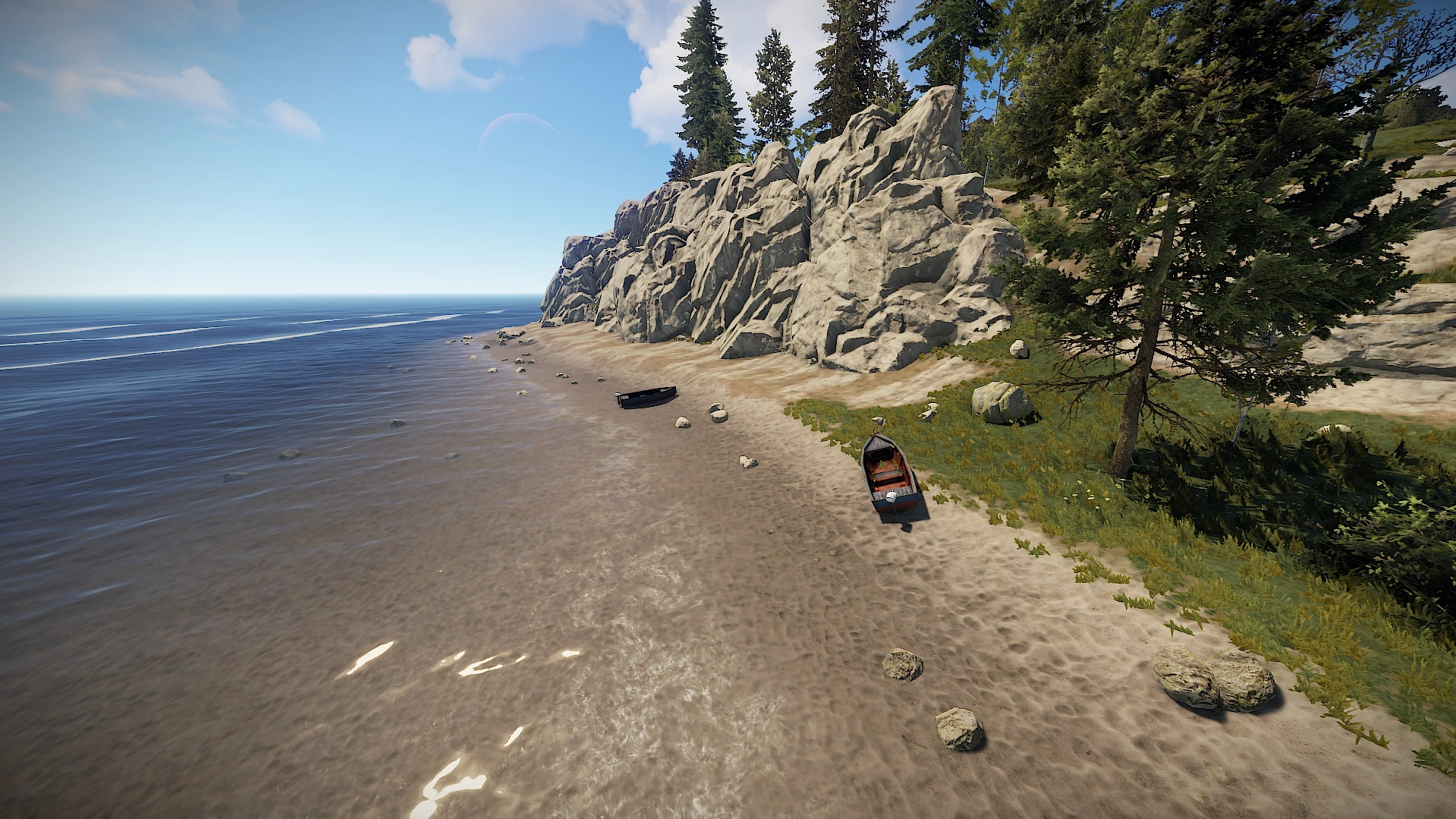
Once you’ve selected a promising location, scout the area thoroughly before starting construction. Note the locations of wildlife, rocky terrain and any defensible areas that could aid in protecting your boat garage. Also look for flat, open space suitable for a dock or landing pad to easily load and unload your boat.
With the right planning and placement, you’ll have a secluded boat garage perfect for storing your vehicles and gear. Now get out there, find your ideal spot in the wilderness and start building your nautical hideout! The open waters await.
Gathering Resources to Build Your RUST Boat Garage
To build your perfect boat garage in RUST, you’ll need to gather a variety of resources. First, collect wood and metal fragments - you’ll need these for the walls, door, and roof of your garage. Chop down trees for logs and mine rocks and ore to smelt into metal.
Next, gather building tools like the hammer, building plan, and repair bench. The hammer lets you construct walls and the roof. The building plan allows you to visualise your design so you can build efficiently. And the repair bench lets you craft doors, code locks, and tool cupboards to secure your garage.
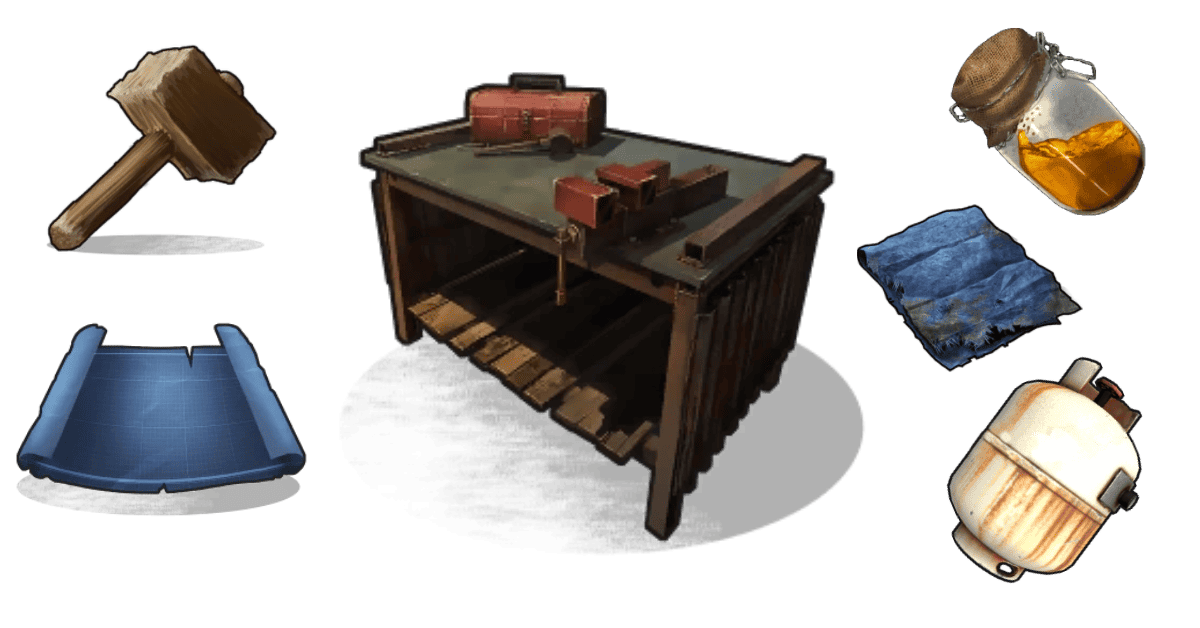
Additionally, stock up on components to reduce corrosion like tarp, Low Grade Fuel, and empty propane tanks. Place tarp over your boat during winter or when not in use. Fill empty propane tanks with Low Grade Fuel to power heaters, keeping your garage temperature regulated. These steps help prevent rust so your watercraft stays in working order.
Finally, protect your garage investment with defensive items such as the shotgun trap, auto turret, metal barricades, and code locks. The shotgun trap and auto turret deter raiders and intruders. Metal barricades create an outer perimeter, and code locks restrict access to authorised users only.
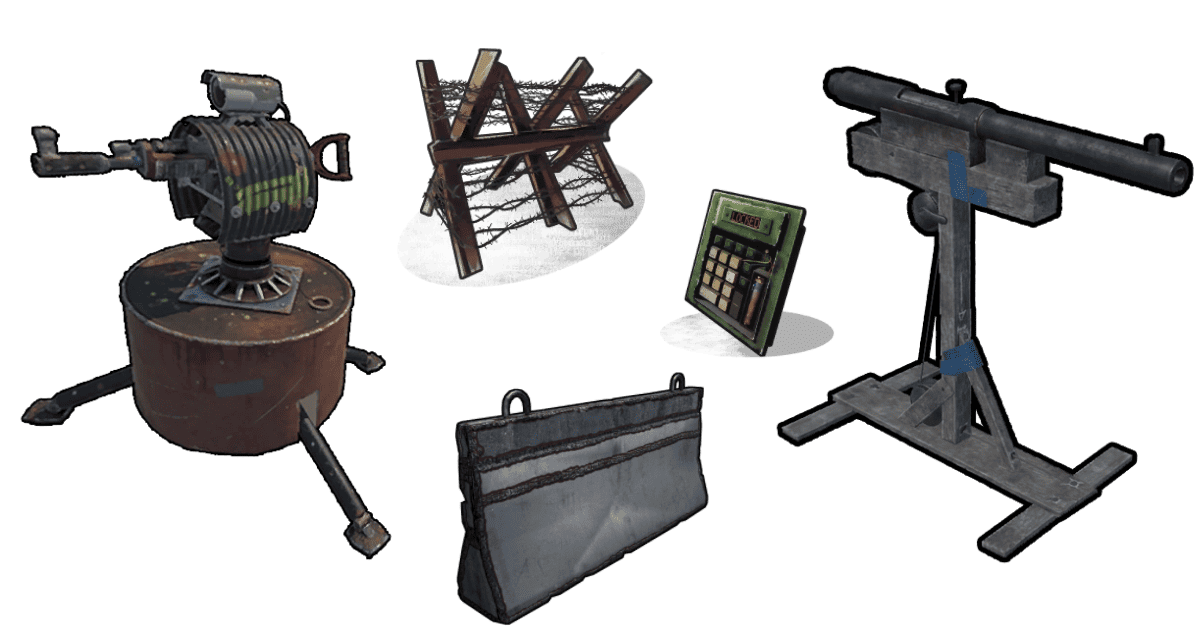
With the necessary resources gathered and security measures in place, you’ll be well on your way to constructing the perfect boat garage to store and safeguard your vehicles in RUST. Keep collecting components as needed to upgrade and improve your design over time. Your boat garage blueprint starts here!
Step-by-Step Guide to Constructing the Frame and Foundation of the boat garage in rust
To build the foundation and frame for your rust boat garage, follow these steps:
Select a flat area
Choose a flat, open area in a relatively safe zone on the map. You want plenty of space to construct a sizable garage and room for vehicles to manoeuvre in and out. Scout locations that are not too close to monuments or high-traffic areas.
Plan the layout
Decide how large you want to make your garage and sketch a basic layout. Figure out where you want the entrance, how many boats it will house, if you want multiple floors, etc. A good starter size is 10x15 foundations. You can always expand later!
Place foundations
Lay out the foundations based on your sketch. Place foundations in a rectangular shape, leaving one side open for the entrance. For a single-story garage, use at least two foundations high for more stability. Use triangle foundations for the entrance.
Add walls and roof
Build walls around the foundations using door frames, windows, and floor grills. Create an airlock entrance with two doors for added security. For the roof, place floor grills in a sloped shape so rain will slide off. Or opt for a flat roof—just be sure to add a water catcher!
Include storage
Add large boxes, lockers, shelves and workbenches for storing gear, equipment, and materials. Place storage along the walls to keep the centre open for your boats. You’ll want lighting, too, so instal ceiling lights or standing lamps.
Final touches
Once constructed, add the final touches like signs to mark your garage and designated parking spots for different vehicles. You may also want to include a repair area, refuelling station, or CCTV cameras for monitoring your garage.
Your rust boat garage is now ready to house your seafaring vehicles and equipment! Be sure to routinely upkeep and repair any damage to keep your garage in shipshape. Happy sailing!
Tips for Customising and Securing Your RUST Boat Garage
When designing your RUST boat garage, keep these tips in mind to customise it and keep your watercraft secure:
Doors
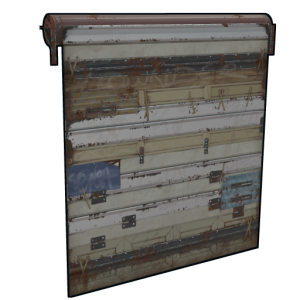 Choose doors that swing inward, not outward. This prevents people outside from easily seeing into your garage when the doors open. Roll-up doors are a popular, space-efficient choice for boat garages.
Choose doors that swing inward, not outward. This prevents people outside from easily seeing into your garage when the doors open. Roll-up doors are a popular, space-efficient choice for boat garages.
Lighting
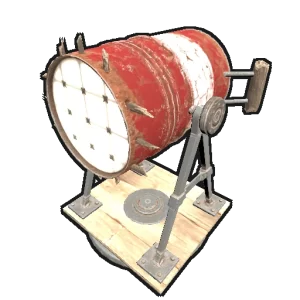 Install motion-activated lights, especially over entryways. This deters intruders and lights your path when accessing the garage at night. For the interior, use energy-efficient LED bulbs. They provide plenty of light without producing heat that could damage your boat.
Install motion-activated lights, especially over entryways. This deters intruders and lights your path when accessing the garage at night. For the interior, use energy-efficient LED bulbs. They provide plenty of light without producing heat that could damage your boat.
Ventilation
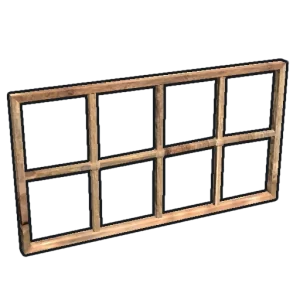 Proper ventilation reduces humidity, which prevents rust and mould. Instal exhaust fans, roof vents, and windows to keep air circulating. Run a dehumidifier if needed, especially in damp weather.
Proper ventilation reduces humidity, which prevents rust and mould. Instal exhaust fans, roof vents, and windows to keep air circulating. Run a dehumidifier if needed, especially in damp weather.
Flooring
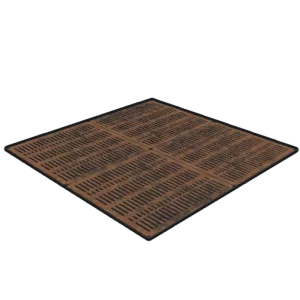 A concrete floor is durable but can lead to condensation. Adding a vapour barrier and insulation helps. For wood or metal floors, regularly check for and repair any damage to prevent water penetration.
A concrete floor is durable but can lead to condensation. Adding a vapour barrier and insulation helps. For wood or metal floors, regularly check for and repair any damage to prevent water penetration.
Storage
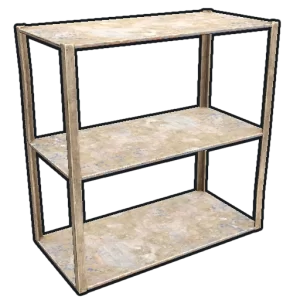 Designate areas for equipment, life jackets, cleaning supplies, and other gear. Mount racks and shelving to keep everything off the floor and organised. Properly storing gear in the garage keeps it secure yet out of the way.
Designate areas for equipment, life jackets, cleaning supplies, and other gear. Mount racks and shelving to keep everything off the floor and organised. Properly storing gear in the garage keeps it secure yet out of the way.
Security
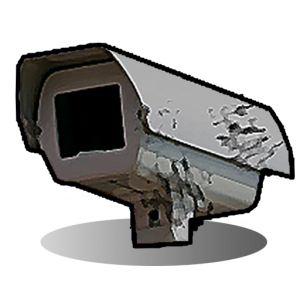 In addition to good lighting, instal a security system with motion detectors, cameras, and an alarm. Lock all doors and consider using deadbolts for additional security. Park your boat with the bow facing the doors for a quick getaway in an emergency.
In addition to good lighting, instal a security system with motion detectors, cameras, and an alarm. Lock all doors and consider using deadbolts for additional security. Park your boat with the bow facing the doors for a quick getaway in an emergency.
Keeping your RUST boat garage well-designed and secure gives you peace of mind that your watercraft will be ready for adventure when you are. Following these tips helps ensure your boat stays in great shape for years to come.
Storing and Protecting Your Boat in the RUST Garage
Once you have your rust boat garage built, it’s time to store your prized boat inside to protect it from the harsh elements. Here are some tips for keeping your boat in tip-top shape while it’s parked in the garage:
Cover it up
Invest in a custom boat cover or tarp to place over your boat when it’s not in use. This will shield it from dust, sun damage, and scratches. Be sure to tie down the cover securely so it doesn’t blow away or flap around, which can also cause damage.
Keep it dry
Moisture is the enemy of boats, as it leads to rust and corrosion. Place moisture absorbing packs, silica gel packets, or desiccants in the garage to help reduce humidity. You should also instal a dehumidifier if possible. Wipe down your boat after each use and dry any water spots to prevent water spots.
Use padding
Place protective padding like carpet, foam boards, or blankets under and around the hull to prevent scratches. Rubber matting can also be used to provide traction and prevent slipping. Padding will also absorb impact if anything falls onto or bumps into the boat.
Secure the garage
Ensure all doors, windows, and any other openings in the garage are securely closed and locked when not in use. This will prevent unwanted access as well as keep out rodents and other pests that can damage wiring, hoses, and upholstery. You may also want to instal motion-activated lights for added security.
Perform regular maintenance
Even when stored, your boat requires routine maintenance to keep it seaworthy. Check on your boat regularly, start the engine periodically, lubricate parts, wax the hull, and check that all equipment is still functioning properly. Following these best practises will help keep your boat in prime condition until it’s ready to hit the open waters again!
Conclusion
So there you have it, the blueprint for building a boat garage in RUST that will keep your vessel safe from the elements and prying eyes. With some wood, metal fragments, rope, and a little elbow grease, you'll have a sturdy yet inconspicuous structure up in no time. Now get out there and start gathering supplies, but watch out for bears and bandits along the way. Once your garage is built, you can rest easy knowing your boat is securely tucked away until you're ready to set sail for new adventures. The open seas (and loot) await!
Get your RUST Server Hosting Service and Build your Boat Garage!



